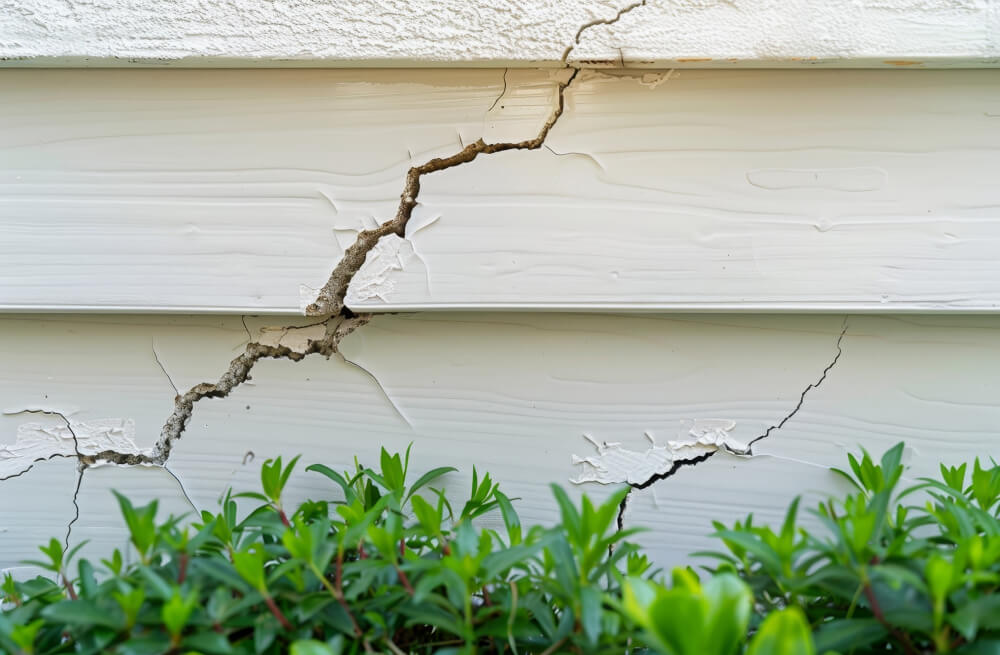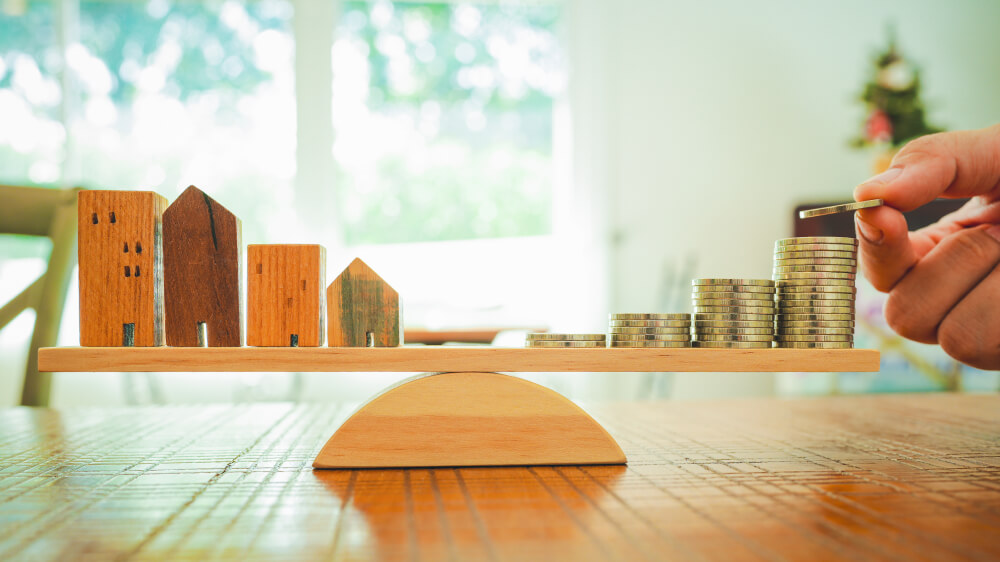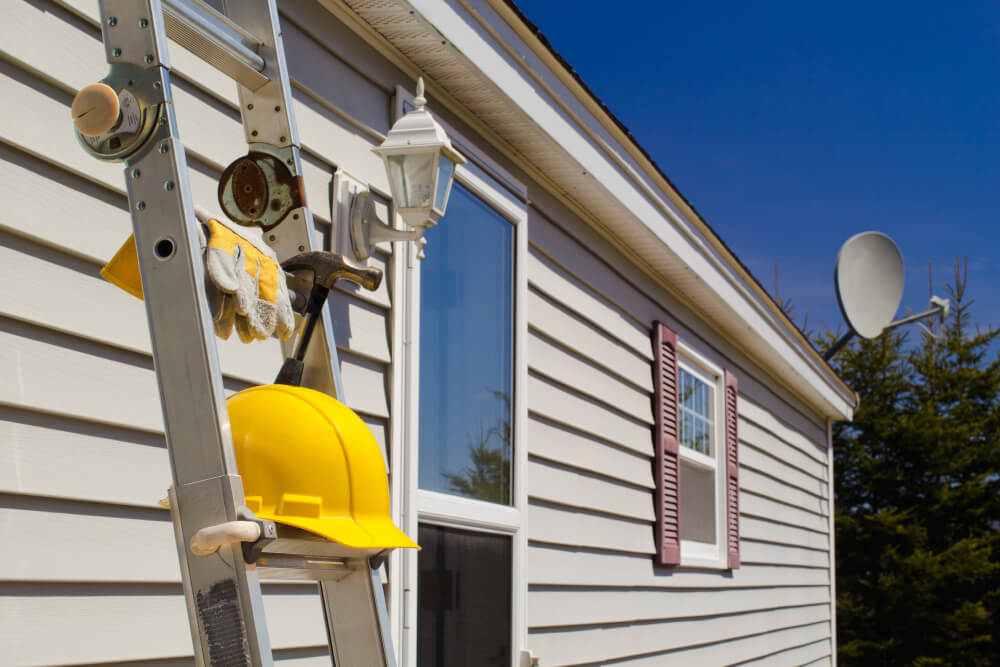The Importance of Energy-Efficient Siding
Energy-efficient siding plays a crucial role in your home’s thermal performance. By improving your home’s insulation, it reduces the need for excessive heating and cooling, which can significantly lower your utility bills. Additionally, energy-efficient siding can increase your home’s resale value and contribute to a more sustainable environment.
Types of Energy-Efficient Siding Materials
1. Insulated Vinyl Siding
Overview: Insulated vinyl siding is an enhanced version of traditional vinyl siding, featuring a layer of expanded polystyrene (EPS) foam insulation attached to the back of the vinyl panel. This additional insulation improves the siding’s thermal performance.
Benefits:- Improved Insulation: The EPS foam reduces thermal bridging and enhances the overall R-value (a measure of thermal resistance) of the siding.
- Durability: Resistant to rot, insects, and moisture.
- Low Maintenance: Requires minimal upkeep, usually just periodic cleaning with a garden hose.
- Cost-Effective: Generally more affordable than other energy-efficient siding options.
Considerations:
- Appearance: While it mimics the look of traditional vinyl, some homeowners may prefer the aesthetics of natural materials.
- Installation: Proper installation is crucial to ensure the insulation performs effectively.
2. Fiber Cement Siding
Overview: Fiber cement siding is made from a mixture of cement, sand, and cellulose fibers. It is known for its durability and resistance to various environmental factors.
Benefits:- Thermal Performance: While not inherently insulating, fiber cement siding can be installed over a continuous insulation layer to enhance energy efficiency.
- Durability: Resistant to fire, insects, and rot.
- Aesthetic Appeal: Can mimic the look of wood, stone, or brick, providing a high-end appearance.
- Low Maintenance: Requires occasional painting but is otherwise low-maintenance.
Considerations:
- Weight: Heavier than other siding materials, which may require additional structural support during installation.
- Cost: Higher initial cost compared to vinyl but offers long-term durability and savings.
3. Wood Siding
Overview: Wood siding, made from natural wood like cedar or redwood, offers a timeless and attractive appearance. When properly treated and maintained, it can also provide good thermal performance.
Benefits:- Natural Insulation: Wood has natural insulating properties, which can help reduce energy loss.
- Aesthetic Appeal: Offers a warm, classic look that many homeowners find appealing.
- Sustainability: When sourced responsibly, wood siding is a renewable and eco-friendly option.
Considerations:
- Maintenance: Requires regular maintenance, including painting or staining, to prevent rot and insect damage.
- Cost: Can be more expensive due to the need for ongoing maintenance.
Join HICP Homeowner’s Alliance
Connect with experts, get special discounts and enjoy member benefits
4. Engineered Wood Siding
Overview: Engineered wood siding is made from wood fibers and resin, creating a durable and cost-effective alternative to traditional wood siding.
Benefits:
- Enhanced Durability: Resistant to moisture, insects, and rot.
- Thermal Performance: Provides better insulation than traditional wood siding.
- Aesthetic Appeal: Mimics the look of natural wood without the extensive maintenance.
- Cost-Effective: Generally less expensive than natural wood.
Considerations:
- Maintenance: Requires periodic painting or staining, but less frequently than natural wood.
- Quality Variations: Quality can vary between manufacturers, so it’s important to choose a reputable brand.
5. Stucco Siding
Benefits:
Overview: Stucco siding is a traditional material made from cement, sand, lime, and water. It is applied in multiple layers over a framework.
- Thermal Performance: Can be applied over a layer of insulation to improve energy efficiency.
- Durability: Resistant to fire and pests.
- Aesthetic Flexibility: Available in a variety of textures and colors, allowing for customized looks.
Considerations:
- Installation: Requires skilled installation to prevent cracking and ensure proper performance.
- Maintenance: Can develop cracks over time, requiring periodic repairs.
6. Brick and Stone Veneer Siding
Overview: Brick and stone veneer siding provide the classic, elegant appearance of traditional masonry without the weight and cost.
Benefits:
- Thermal Mass: Both materials have high thermal mass, which helps regulate indoor temperatures by absorbing and releasing heat slowly.
- Durability: Long-lasting and resistant to fire, insects, and weather damage.
- Aesthetic Appeal: Adds a timeless, high-end look to any home.
Considerations:
- Cost: Higher initial cost compared to other siding materials.
- Installation: Requires professional installation to ensure structural integrity and performance.
Factors to Consider When Choosing Energy-Efficient Siding
1. Climate
The climate in your area plays a significant role in determining the best siding material for energy efficiency. For example:
- Cold Climates: Insulated vinyl or wood siding can provide additional thermal resistance.
- Hot Climates: Fiber cement or stucco siding can help keep your home cool by reflecting heat.
2. Budget
Consider both the initial cost and long-term savings when choosing energy-efficient siding. While some materials may have a higher upfront cost, their durability and energy-saving properties can lead to significant savings over time.
3. Aesthetic Preferences
The appearance of your siding can impact your home’s curb appeal and value. Choose a material and style that complement your home’s architecture and your personal taste.
4. Maintenance Requirements
Different siding materials have varying maintenance needs. Consider how much time and effort you’re willing to invest in upkeep:
- Low Maintenance: Insulated vinyl and fiber cement.
- Moderate Maintenance: Engineered wood and stucco.
- High Maintenance: Natural wood.
Installation and Insulation
Proper installation is crucial for maximizing the energy efficiency of your siding. Here are some tips to ensure optimal performance:
1. Continuous Insulation
- Adding a continuous layer of insulation beneath your siding can significantly improve your home’s thermal performance. This layer reduces thermal bridging, where heat escapes through the framing of your home.
2. Proper Sealing
- Ensure all gaps, seams, and joints are properly sealed to prevent air leaks. Use high-quality caulking and weatherstripping around windows, doors, and other openings.
3. Professional Installation
- While DIY installation can save money, hiring a professional ensures the job is done correctly. Professionals have the experience and tools to install siding properly, reducing the risk of issues like warping, buckling, or poor insulation performance.
Conclusion
Investing in energy-efficient siding is a smart choice for homeowners looking to reduce utility bills, enhance curb appeal, and contribute to a more sustainable environment. By understanding the various materials available and considering factors like climate, budget, and maintenance, you can choose the best siding option for your home. Remember, proper installation and insulation are key to maximizing the benefits of energy-efficient siding. Consult with a professional contractor to ensure your siding is installed correctly and enjoy the long-term savings and comfort it provides.








